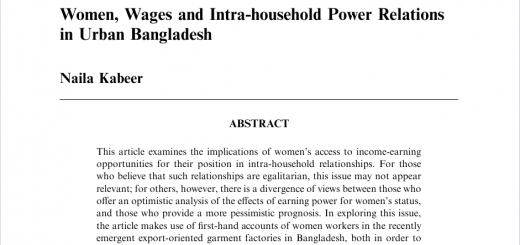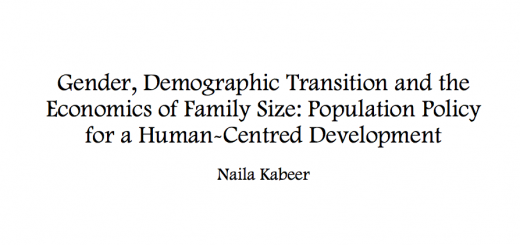‘Social exclusion and the MDGs: the challenge of ‘durable inequalities’ in the Asia region’. IDS Bulletin 2006
Economic growth in Asia has been rapid, but inequality is a major factor curtailing the impact of growth on poverty reduction. Which groups have not taken advantage of this growth? What are the obstacles preventing them from accessing new opportunities? This paper, prepared for the Asia 2015 conference, tackles these questions. It argues that understanding the social dimensions of inequality provides a new lens through which to view chronic disadvantage.
Investigations into the persistence of poverty have highlighted forms of disadvantage that are not fully captured by economic approaches. These revolve around social identity and the cultural devaluation of people based on who they are perceived to be. Social exclusion reflects the multiple and overlapping nature of disadvantages faced by certain groups or categories, giving rise to a horizontal, group-based model of inequality. Socially excluded groups are concentrated in the poorest groups in society, both in terms of income poverty and health and education. The intersection of gender discrimination and economic deprivation mean that women are particularly disadvantaged.
[gview file=”http://www.eldis.org/vfile/upload/1/document/0708/DOC21178.pdf”]



